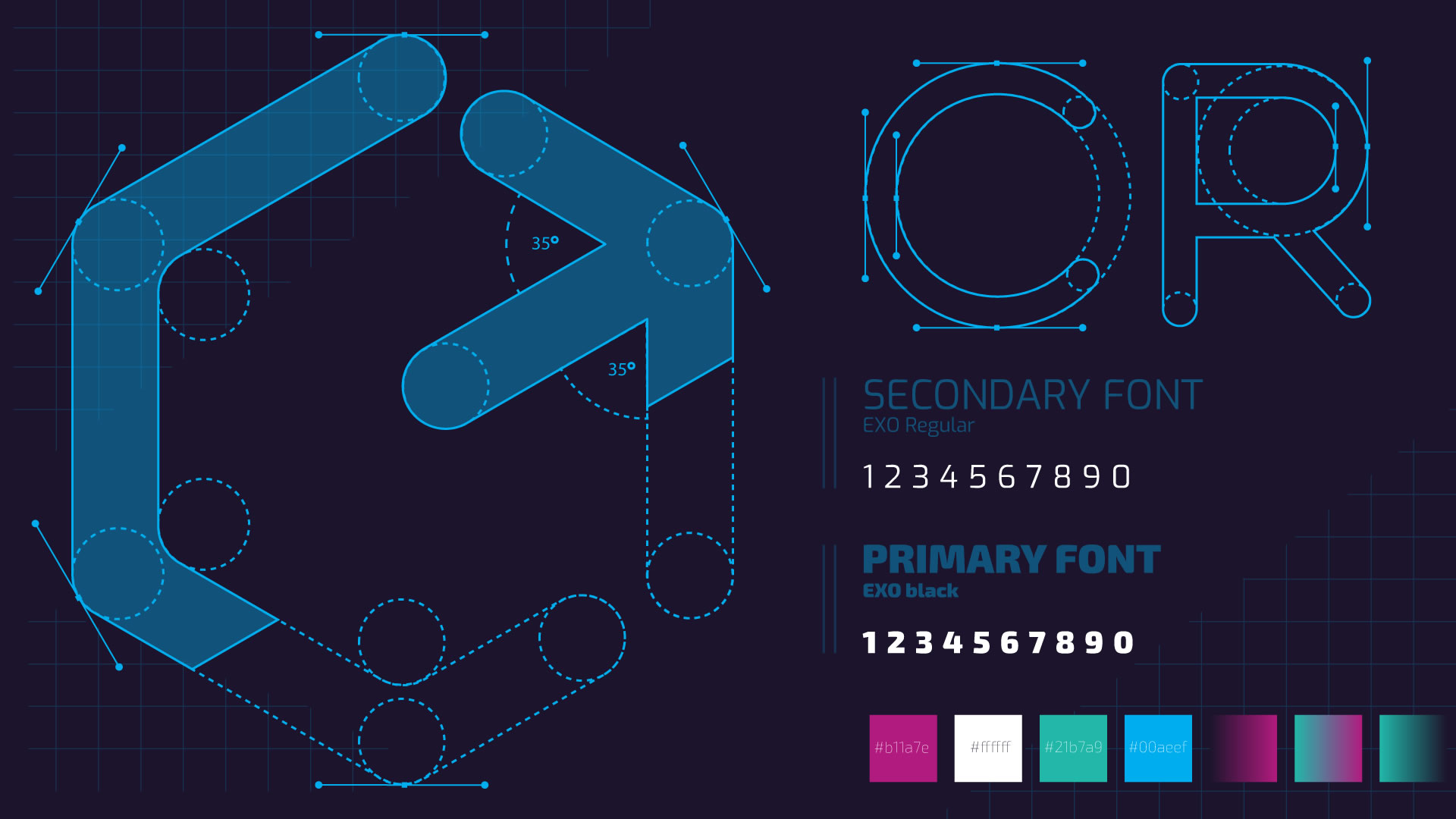As the world changes around us, so does the visual communication of brands. This is a necessary process because, without it, the brand image becomes outdated and loses its primary function: to be appealing. But what are the rules of a brand’s visual identity evolution? Are there any rules at all?
We can build a new brand image from scratch, but we can also start from an existing concept. The steps of brand design apply in both cases. But how is the development or transformation of a brand different from creating a completely new one? Does every brand have to change at all? To answer these questions, let’s first look at the possible ways of change.
The evolution of a brand’s image can generally be categorized into four groups:
- It doesn’t change; it remains constant.
- It changes due to mergers.
- It changes and simplifies.
- It changes and becomes more complex.
1. It Doesn’t Change
A brand image that hasn’t changed at all since its inception almost doesn’t exist. Rather, we can talk about brands that have changed very little or haven’t changed at all for a long time.
Examples:
- IBM’s 8-bar logo has been in use since 1972. Compared to its predecessors from 1947 and 1956, it hasn’t changed much.
- The Unicum logo has remained almost identical since 1883, perfectly meeting the expectations of the digital age.
The significance of the Coca-Cola brand is undeniable – it’s fascinating that the handwritten typography has been retained to this day and has not switched to a sterile font, unlike its major competitor, Pepsi.
The Coca-Cola logo has been a part of our culture for 140 years: few people on earth wouldn’t recognize it. Accordingly, people have engaged with it in the arts as well – painters, graffiti artists, and other visual creators have often worked with the logo. In its new campaign, Coca-Cola reflects on its social and cultural role. The “Every Coca-Cola is welcome” campaign showcases artworks and their creators, demonstrating the many forms the logo can take and how others see it.

2. Business changes, mergers
When two companies merge, a new logo and brand image must be created. Such rebranding is particularly challenging because it involves more than just transforming the logo and a few brand elements; it also requires building the brand name and the underlying values, as well as the brand personality.
Example:
- The Citi logo was born from the merger of Citibank and Travelers banks. The logo incorporates elements from the Citibank name and the umbrella found in the Travelers logo.
3. It changes and simplifies
It’s a well-observed trend that many brands strive to simplify their brand image and logo over the years. A great example of this is the evolution of the Starbucks emblem, where the latest logo introduced a few years ago no longer includes the company name, instead emphasizing the mermaid’s face. Apple and Xerox have also undergone similar simplifications. The reason for simplification is that old, recognized brands need fewer visual elements to remain recognizable.
4. It changes and becomes more complex
Although the main trend is simplification, some brands become more complex over time. This often reflects changes in the company’s activities or market position.
Example:
- The Pfizer logo: It was changed during the COVID-19 pandemic, becoming more complex to better express the company’s activities.
Brand transformation is not just a question of aesthetics but a strategic decision that can significantly influence the future and market position of a company. The brand encompasses not only the company’s visual appearance but also its identity, values, and the message it wants to convey to its target audience. A well-thought-out brand transformation can contribute to the renewal of the brand, strengthen its market position, and expand its customer base.
The reasons for rebranding are typically related to some business or strategic decision:
- The company wants to modernize its appearance.
- The target audience of the company changes or expands.
- New products and services are introduced.
- The leadership composition changes or undergoes a significant transformation.
It’s important to clarify that changes are not made based solely on emotional reasons or self-purposes. If we feel that the company’s brand is ripe for development, we should ask the question:
What justifies the change?
If our answer doesn’t relate to any of the above reasons, it’s worth reconsidering whether the brand image really needs to be replaced. After all, our target audience already knows the current one. Transforming it without business or strategic goals is an unnecessary risk, as we could even lose customers or clients due to inconsistent steps.
Rebranding is a complex process that requires thorough planning and strategic thinking. It’s not just about changing the logo, but about renewing the entire brand, which will determine the company’s market position and relationship with consumers in the long term. As a result of a successful brand transformation, the brand will be fresher, more modern, and more appealing to the target audience, and better aligned with the changing market environment.
If you’re also thinking about rebranding, trust us with the strategy! We’ll help create a brand image that reflects your business values and vision. Here’s how we work:
- Review and analysis: As a first step, we thoroughly understand your business’s current situation, market environment, and target audience.
- Setting goals: Then we determine the goals and strategic direction of the brand transformation together. It’s important that these goals align with your business values and long-term objectives.
- Creative concepts: During the design process, we develop various creative ideas for you to choose from. We take into account your brand identity and the elements that are important to you and your target audience.
- Design system development: Based on the selected concept, we start developing the new brand image, including the design of the logo and other visual elements. During this phase, we work closely with you to ensure the precise realization of the vision.
- Implementation: Once the new brand image is complete, we assist in the implementation process, including the introduction of the logo and the integration of brand elements across all marketing and communication channels. We ensure that the changes are effectively communicated to your target audience.
- Evaluation and refinement: After the brand transformation, we regularly evaluate its effectiveness and reception. If necessary, we refine and optimize the brand image to better fit your business and market environment.
If your business needs a new brand image, trust us with the process! Our expert team helps at every step to create a brand image that perfectly fits your business values and vision. You can also check out our previous work on our Behance page, where we showcase the creative brand images and logo designs we’ve created so far. This can help you see the possibilities of renewal and how we can support your business’s growth and success with tailored solutions.

